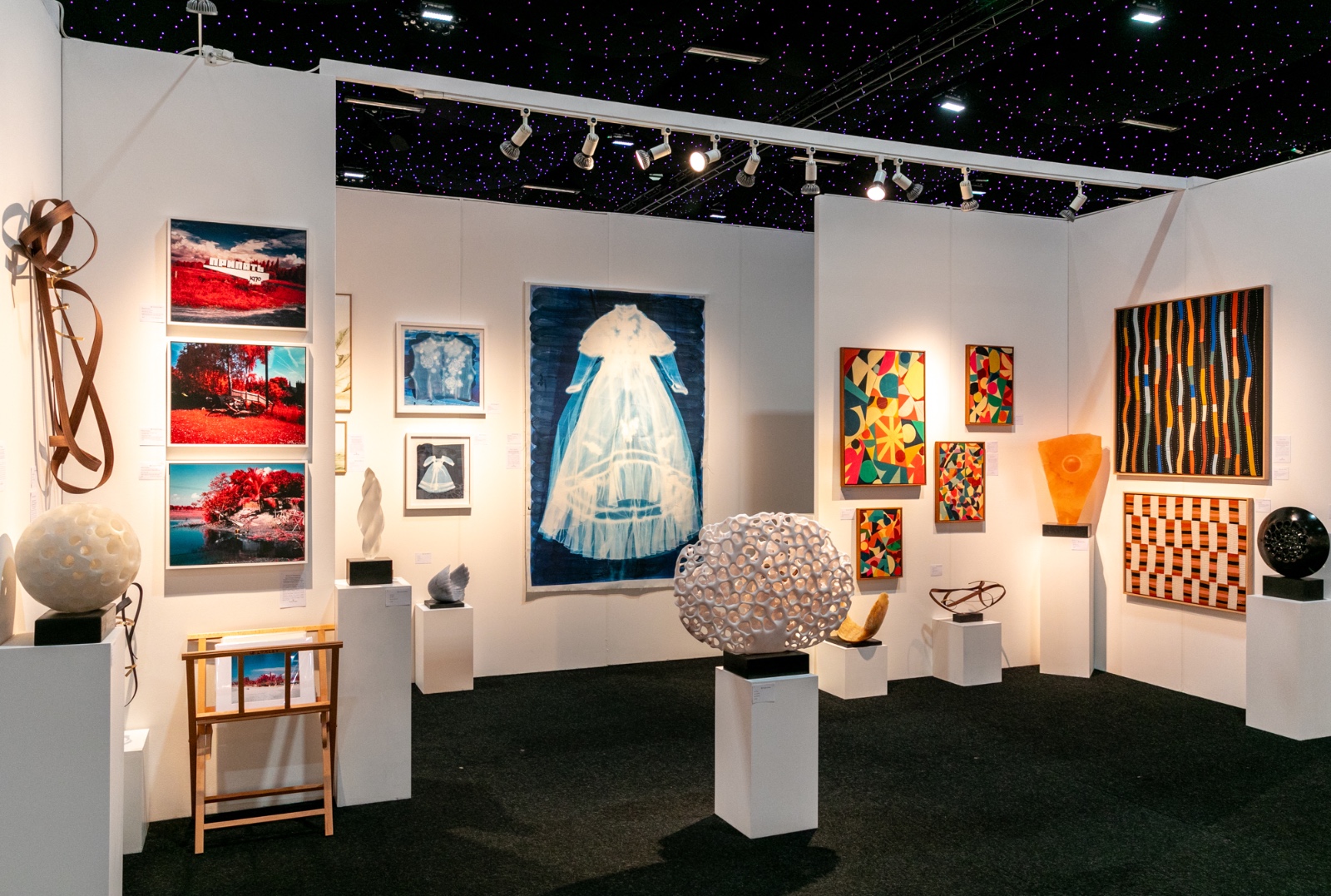EDWARD THOMPSON /
THE QUEST
Current Project: The Arthurian Quest
Twelve years ago I had the idea to make a landscape photography series as an Arthurian Quest and finally in 2022 I set out on the road to make it.
If you have any interest in Arthurian Legend, Landscape Photography or Questing! Please get in touch.
I am looking for benefactors to help complete this project.
In return for your support you will receive limited edition prints, messages about the making of the work, access to contact sheets as the work is produced and exclusive copies of the photo book when released.
I currently have 0 benefactors.
Click here to contact Ed about Questing
![Advert in Private Eye. Spring 2024.]() Advert in Private Eye. Spring 2024.
Advert in Private Eye. Spring 2024.
You can watch some Questing here:
Twelve years ago I had the idea to make a landscape photography series as an Arthurian Quest and finally in 2022 I set out on the road to make it.
If you have any interest in Arthurian Legend, Landscape Photography or Questing! Please get in touch.
I am looking for benefactors to help complete this project.
In return for your support you will receive limited edition prints, messages about the making of the work, access to contact sheets as the work is produced and exclusive copies of the photo book when released.
I currently have 0 benefactors.
Click here to contact Ed about Questing
 Advert in Private Eye. Spring 2024.
Advert in Private Eye. Spring 2024.You can watch some Questing here:


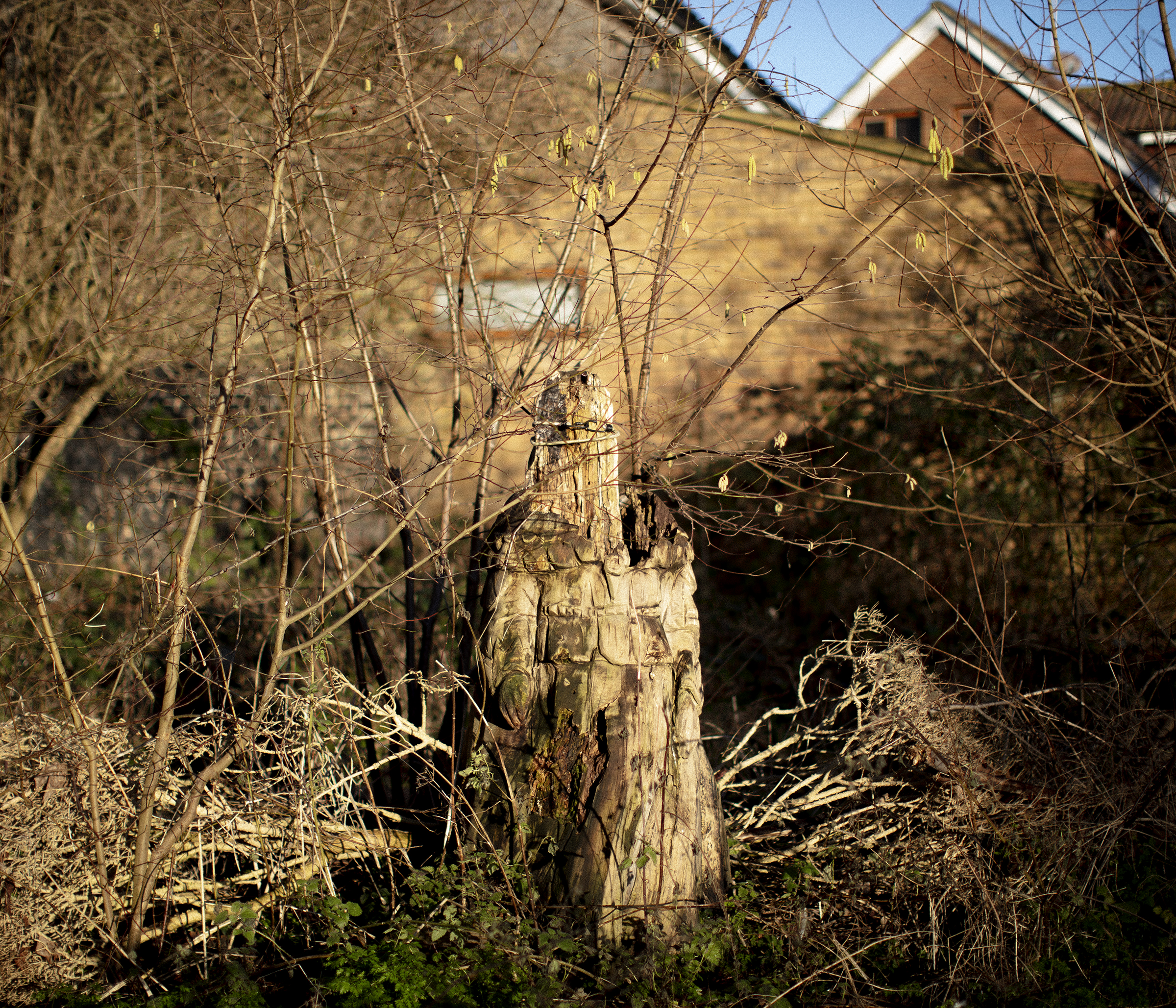


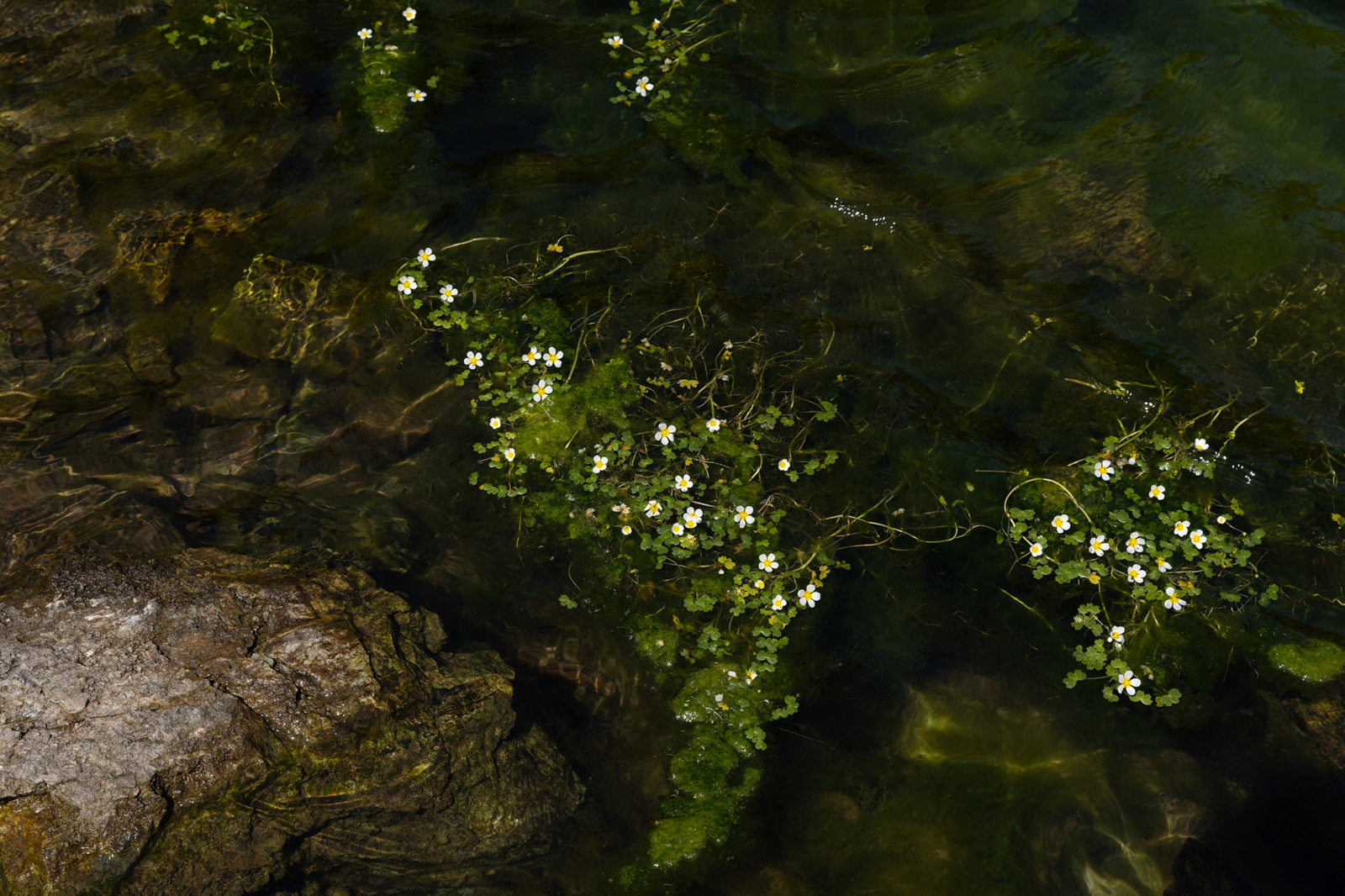

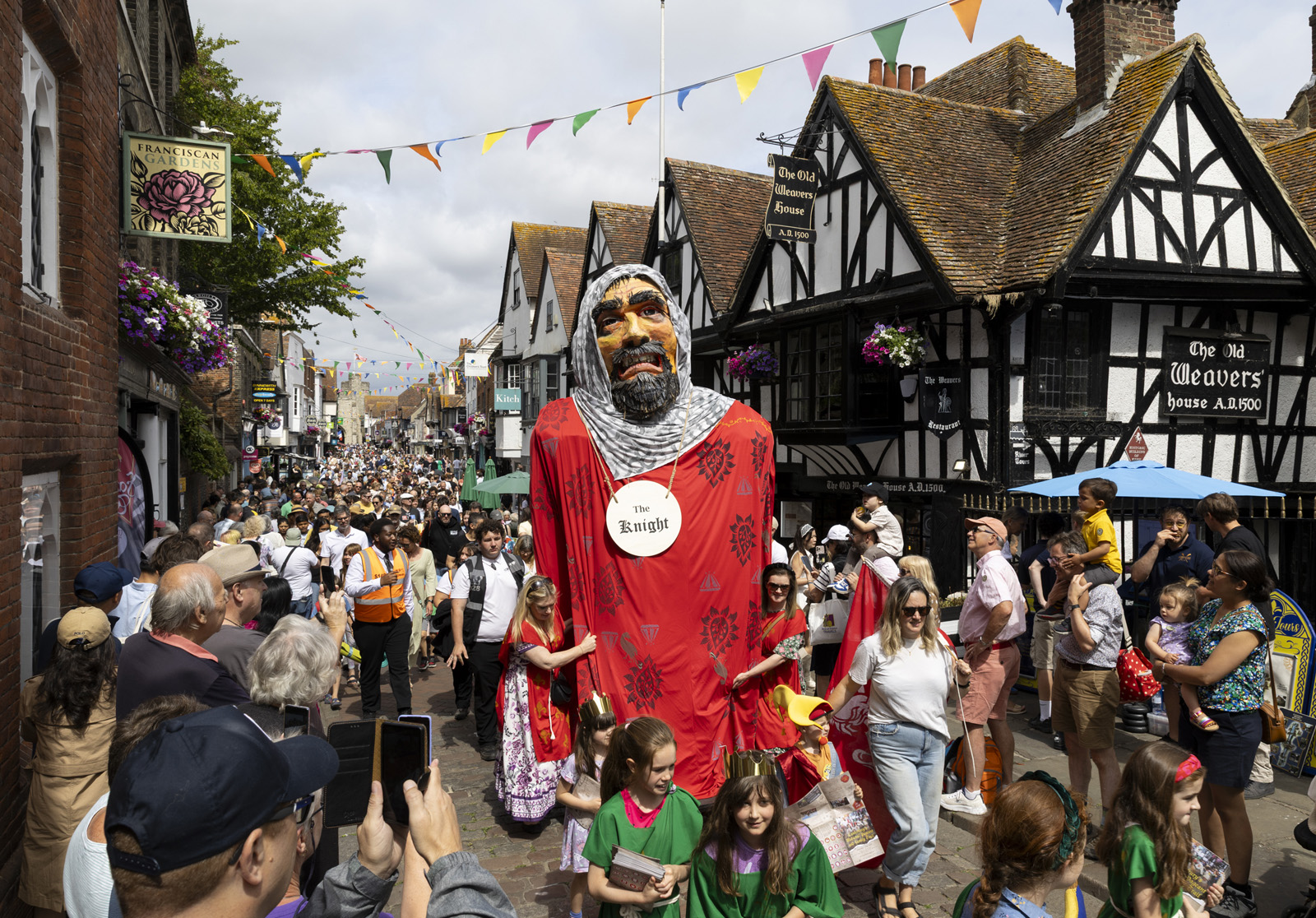

Book Review & Publication:
LensCulture
Creative Review
The Guardian
PetaPixel
Darren Campion Review
Leo Hsu Review
Lewis Bush
Toxic News / Dr Thom Davies
The Creators Project
BBC
Vice Motherboard
Photoworks
DesignBoom
Daily Mail Science
The Indepedent New Review
Infrarouge
Pipeline Photography Annual (Hong Kong)
PDN
We Heart
Ydoc
Yatzer
In his book The Unseen: An Atlas of Infrared Plates (Schilt
Publishing, 2016) Edward Thompson has set out to explore the boundaries of
perception, whether they are things outside our visual spectrum or events that
go unnoticed or unreported.
A respected British documentary photographer, his work has focused on various subjects over the years – from covering environmental issues, socio-political movements, subcultures and the consequences of war. In his work he often tries to be as intimate with a group as possible, to empathise with them and try to see what they saw in themselves. But there are limits to our sight; a documentary photographer can only photograph what they can see.
In 2010, while researching ways of documenting the haunted village of Pluckley in Kent, he stumbled upon articles claiming that ghosts could be revealed with infrared photography. Under normal conditions we see a visible wavelength of light between 400-700 nanometers and that's the range of light most cameras record. After some research he found that Infrared film with the correct filtration can reveal light between 750-1000 nanometers, it allows the invisible to be photographed.
After photographing The Village (2011) with 6 rolls of medium format Kodak Aerochrome film he started to research why this curious film had been made in the first place. From the original Kodak advertisements, scientific journals and library archives he devised a wider project using 52 of the last dead-stock rolls of Kodak Aerochrome in existence – pushing its boundaries to reveal the unseen.
A respected British documentary photographer, his work has focused on various subjects over the years – from covering environmental issues, socio-political movements, subcultures and the consequences of war. In his work he often tries to be as intimate with a group as possible, to empathise with them and try to see what they saw in themselves. But there are limits to our sight; a documentary photographer can only photograph what they can see.
In 2010, while researching ways of documenting the haunted village of Pluckley in Kent, he stumbled upon articles claiming that ghosts could be revealed with infrared photography. Under normal conditions we see a visible wavelength of light between 400-700 nanometers and that's the range of light most cameras record. After some research he found that Infrared film with the correct filtration can reveal light between 750-1000 nanometers, it allows the invisible to be photographed.
After photographing The Village (2011) with 6 rolls of medium format Kodak Aerochrome film he started to research why this curious film had been made in the first place. From the original Kodak advertisements, scientific journals and library archives he devised a wider project using 52 of the last dead-stock rolls of Kodak Aerochrome in existence – pushing its boundaries to reveal the unseen.
There is a wider thematic
at work; something beyond the more
superficial aesthetics of the infrared film. Although alluding to the interplay
between art and science, the work also dwells within the realm of science
fiction. We live in a time when art photographers are working to make fake
documentary fictions, but here the real seems unreal.
As well as being individual chapters the work can be viewed as a whole, creating a glimpsed narrative of some fated world. Great science fiction, whether it is focused on events of the future, alien planets, or an alternate history, is always passing comment on the present.
At the centre of the series is the idea of revealing things we cannot see, things that are beyond our perception. The notion that something is going on somewhere and that we are not aware of it. Paranoia.
Like the writing of Phillip K Dick, an alternate world has been created through changing a perceived truth. This other world looks startlingly different and is filled with apocalyptic narratives about disease, pollution, climate change, ghosts, floods, bees, and radioactive forests. The true horror comes when we acknowledge that this is our world and that the struggles and failures in it are our own.
Buy the book here
With thanks from support from
![]()
As well as being individual chapters the work can be viewed as a whole, creating a glimpsed narrative of some fated world. Great science fiction, whether it is focused on events of the future, alien planets, or an alternate history, is always passing comment on the present.
At the centre of the series is the idea of revealing things we cannot see, things that are beyond our perception. The notion that something is going on somewhere and that we are not aware of it. Paranoia.
Like the writing of Phillip K Dick, an alternate world has been created through changing a perceived truth. This other world looks startlingly different and is filled with apocalyptic narratives about disease, pollution, climate change, ghosts, floods, bees, and radioactive forests. The true horror comes when we acknowledge that this is our world and that the struggles and failures in it are our own.
Buy the book here
With thanks from support from

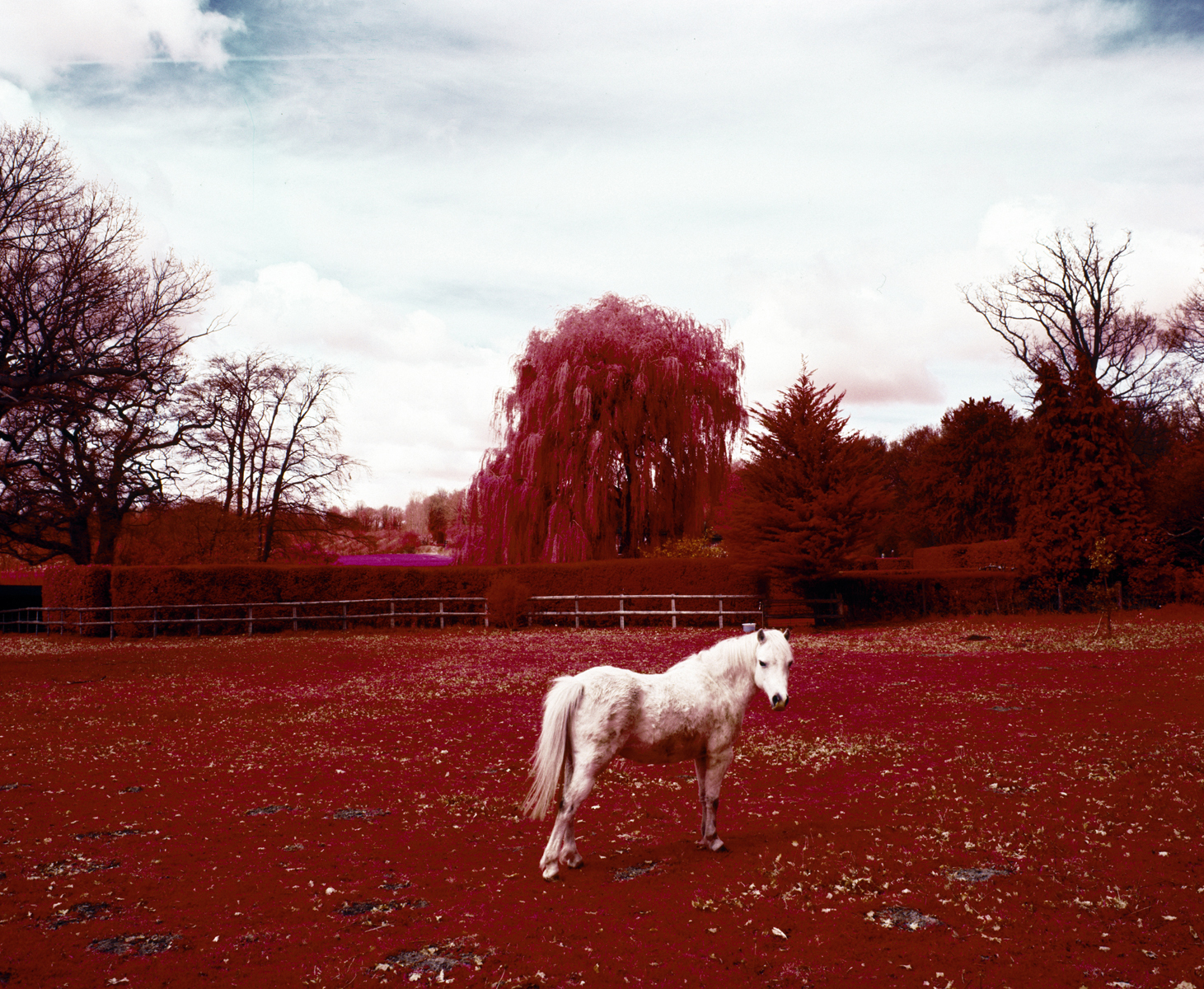


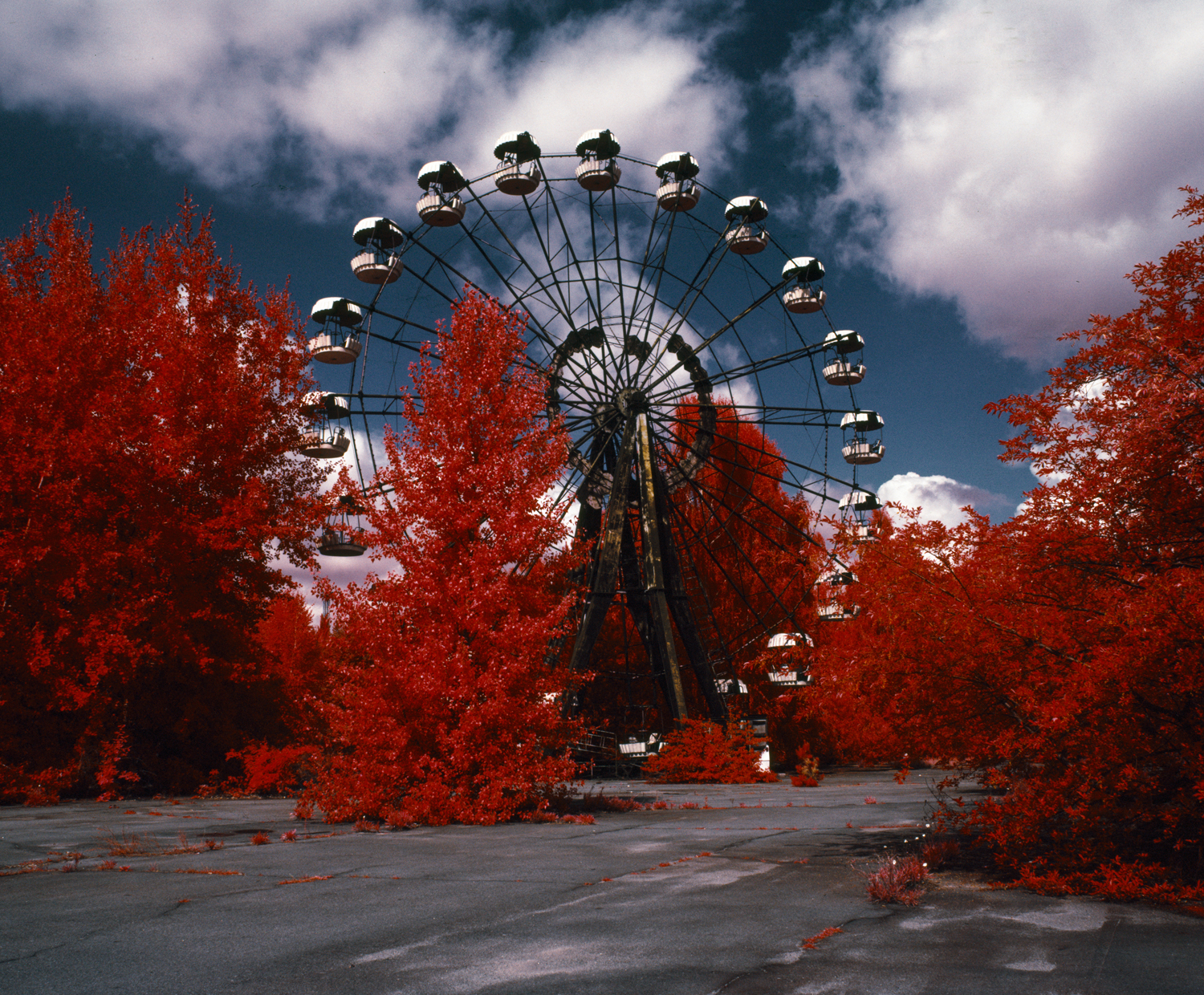
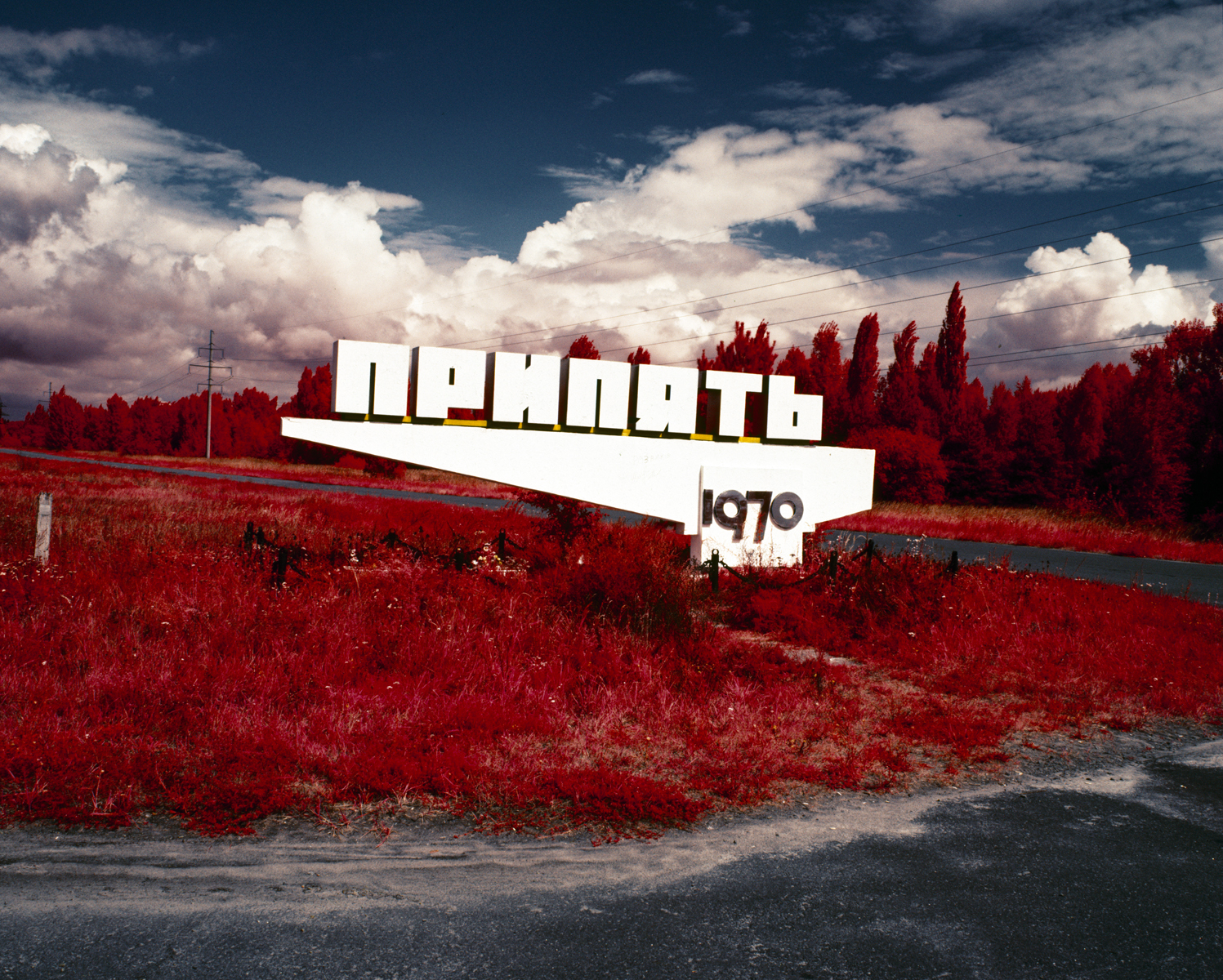
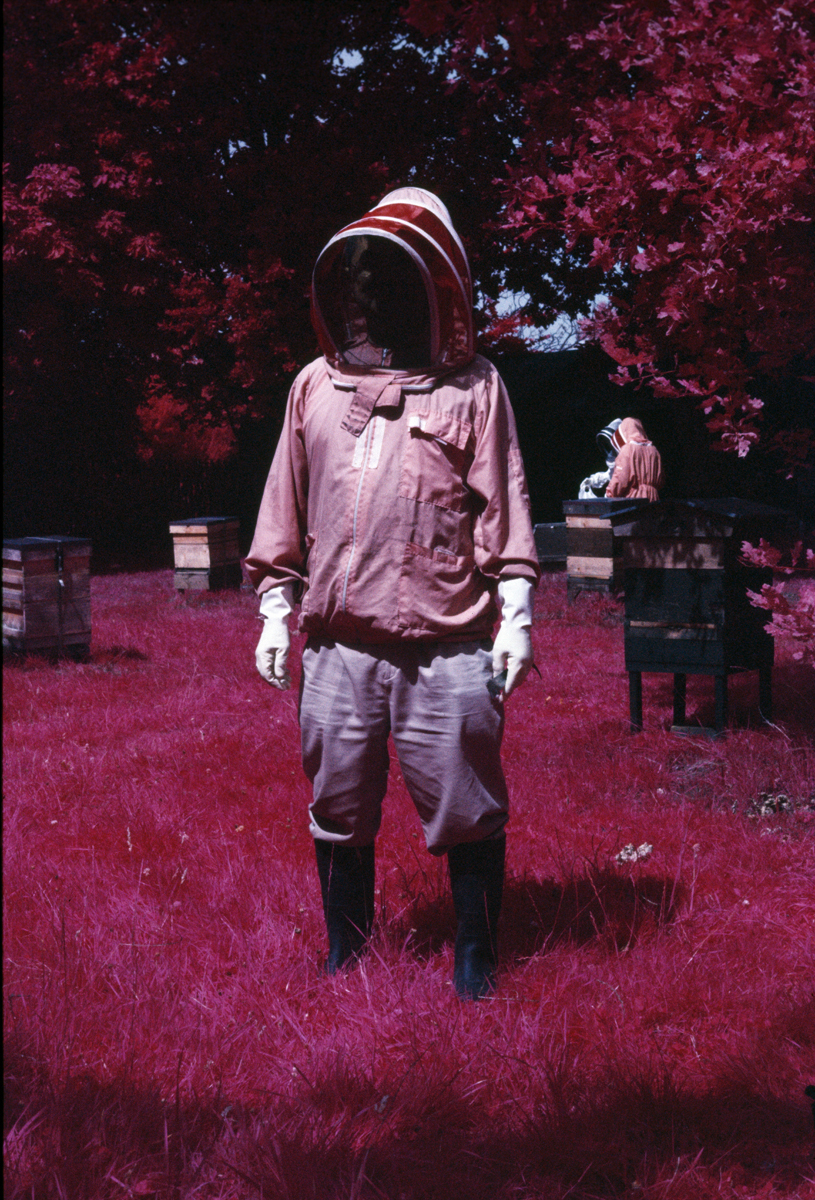
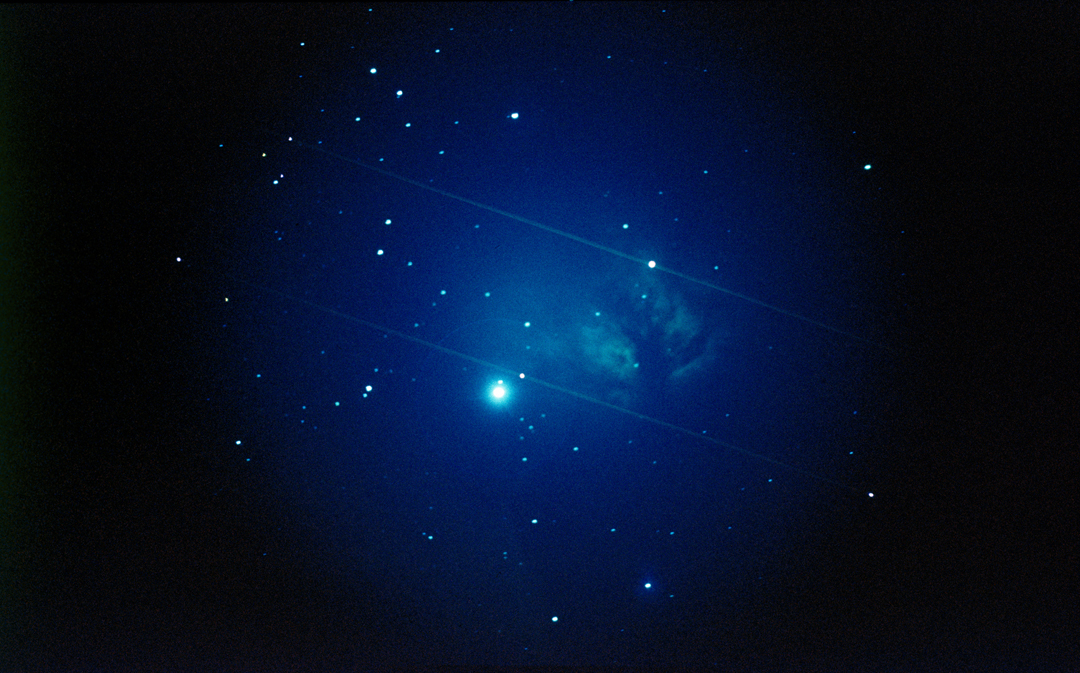
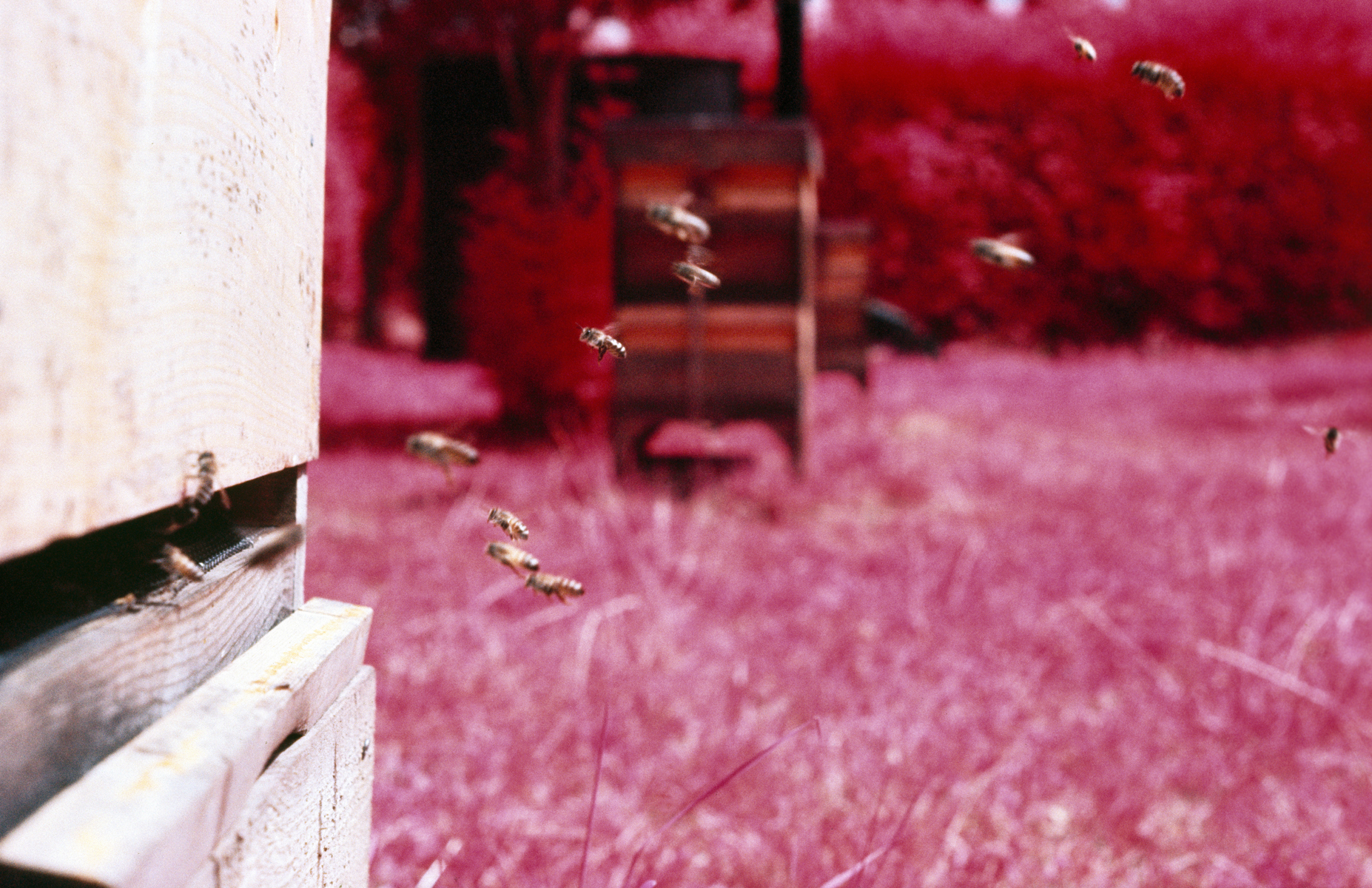

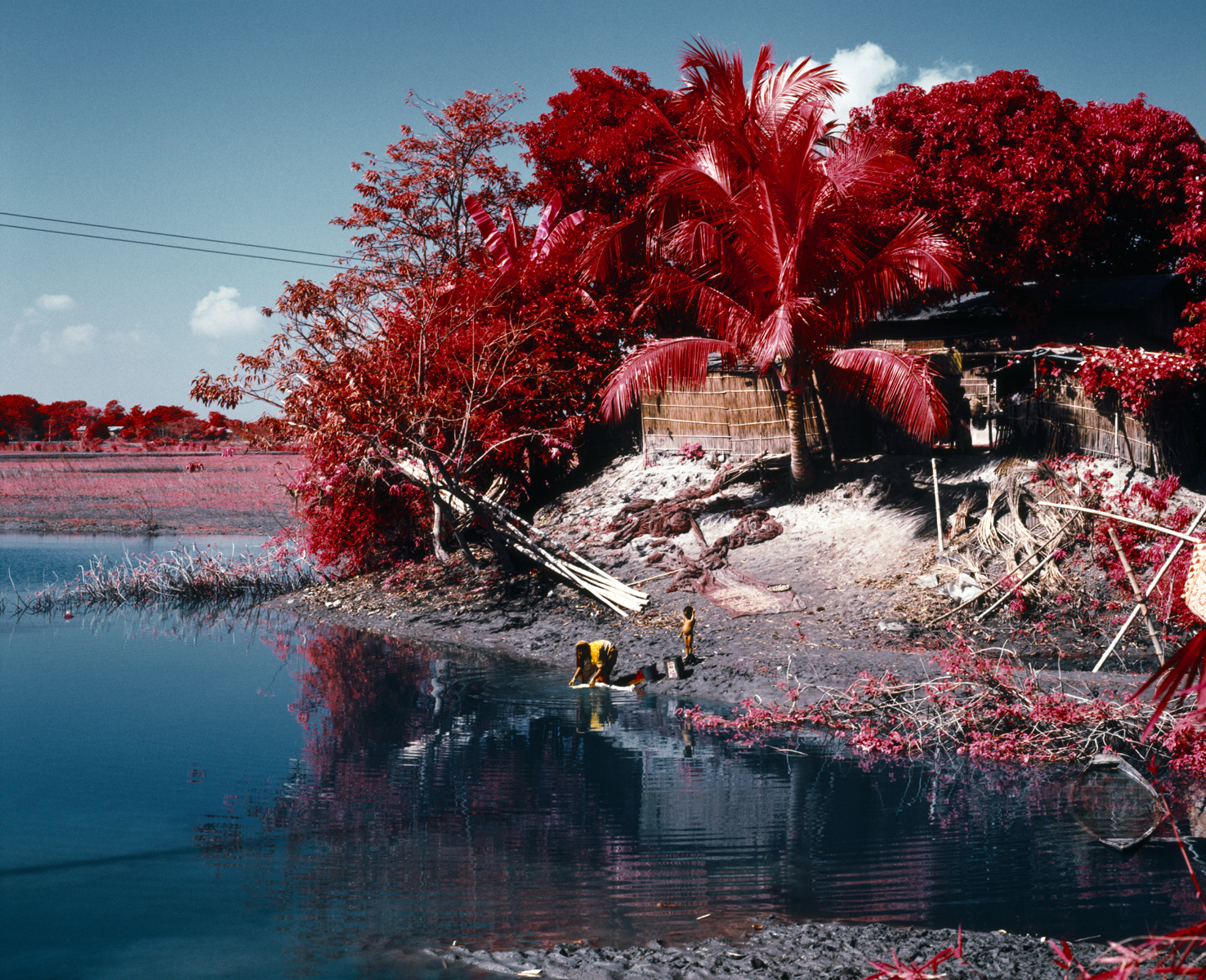

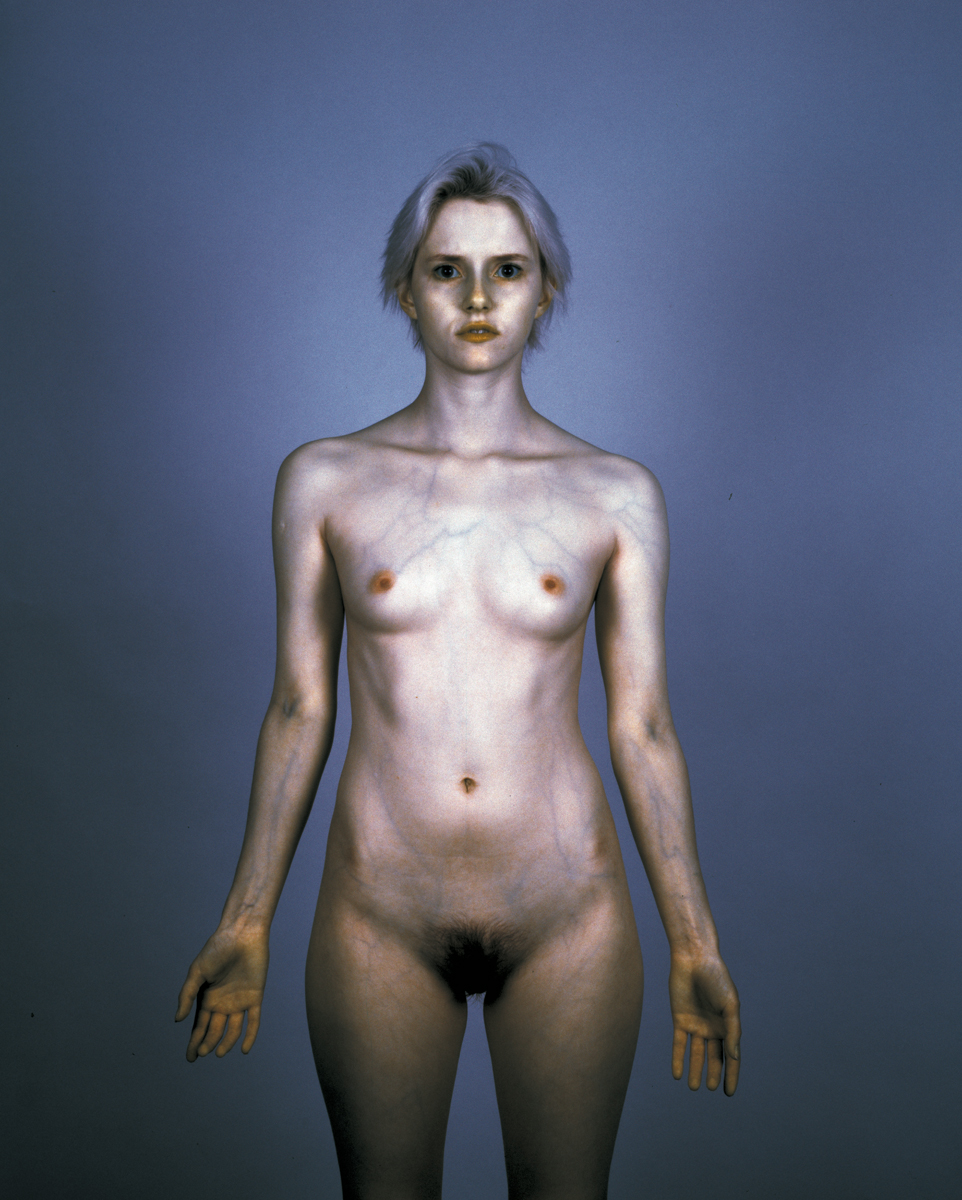
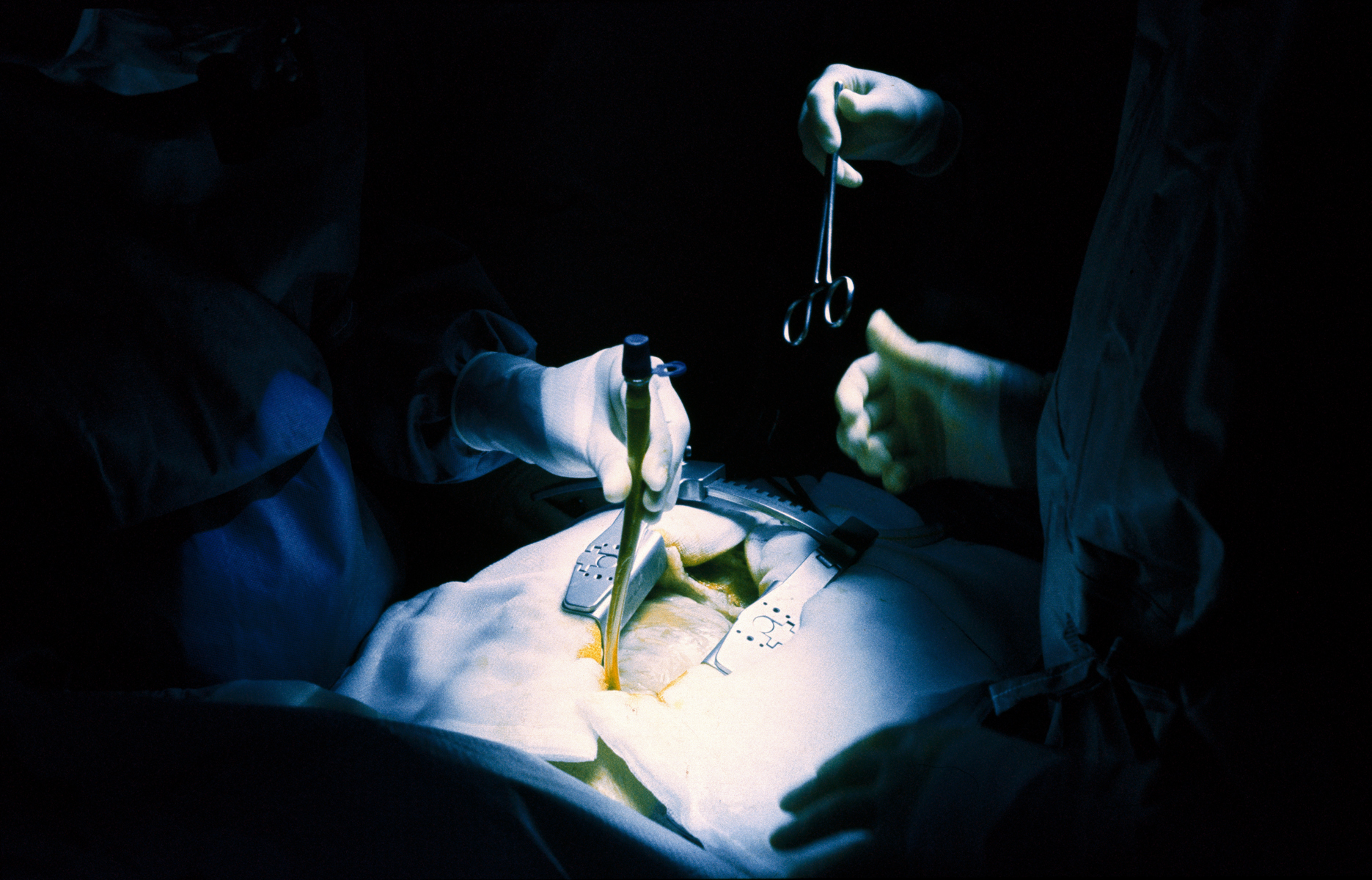

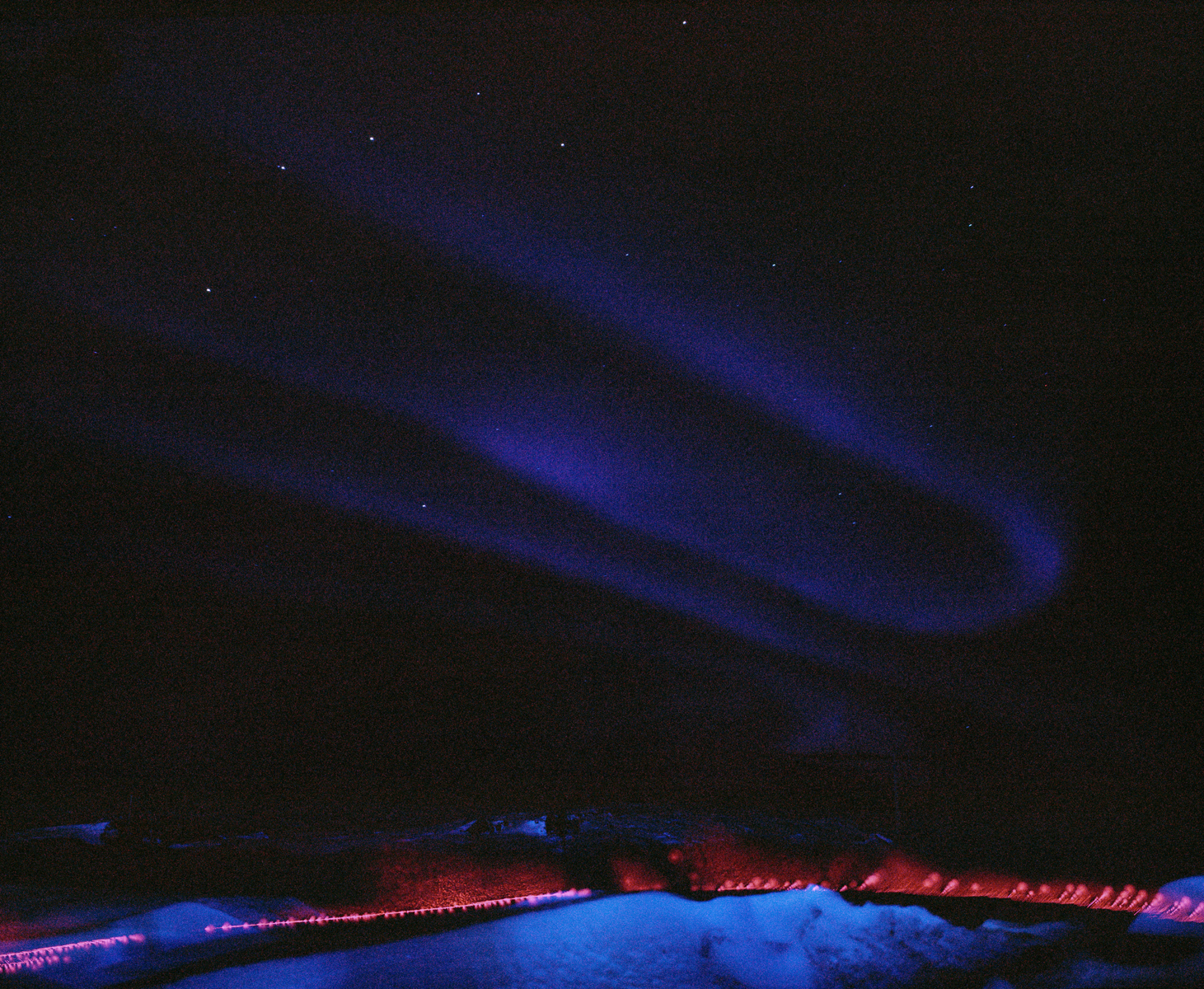
The original crowdfunding video used on Kickstarter in 2016
EDWARD THOMPSON /
Welcome To Dungeness

In 2011 I photographed the area of Dungeness in Kent, England. It became my first work published as a photo-essay in The Guardian Weekend Magazine.
Fabled as Britains only desert its an area I knew well as I grew up with a view of the nuclear power stations of Dungeness from my bedroom window. And although it is somewhere often cited for its desolation and remoteness I found life there, real life.
In 2024 I crowdfunded this photo book on Kickstarter, it’ll be the third in a series of self-published photo books from my archive. In-A-Gadda-Da-England and When In The Lone Star State being the previous books.
Offset printed by KOPA
Hardback cover
Debossed photograph and gold foil text
296mm x 296mm
100 pages
1 Gatefold
500 copies (255 copies left)
ISBN: 978 1 7397816 2 0
NEW RELEASE £40 + P&P
IN STORE NOW:
Potters. Ramsgate, Kent. England.
The Margate Book Shop. Margate, Kent. England.
Public Knowledge Books Ltd, London, England.
Burning House Books. Glasgow, Scotland.
John Sandoe Books. London, England.
Beyond Words (Online)
Pages Of Hackney. London, England.
The Photographers' Gallery. London, England.






PUBLICATION
HUCK magazine (2024)
https://www.huckmag.com/article/in-photos-life-in-britains-only-desert

Royal Institute of British Architects Journal (2024) https://www.ribaj.com/culture/review-welcome-to-dungeness-edward-thompson-nuclear-power-station-photo-book
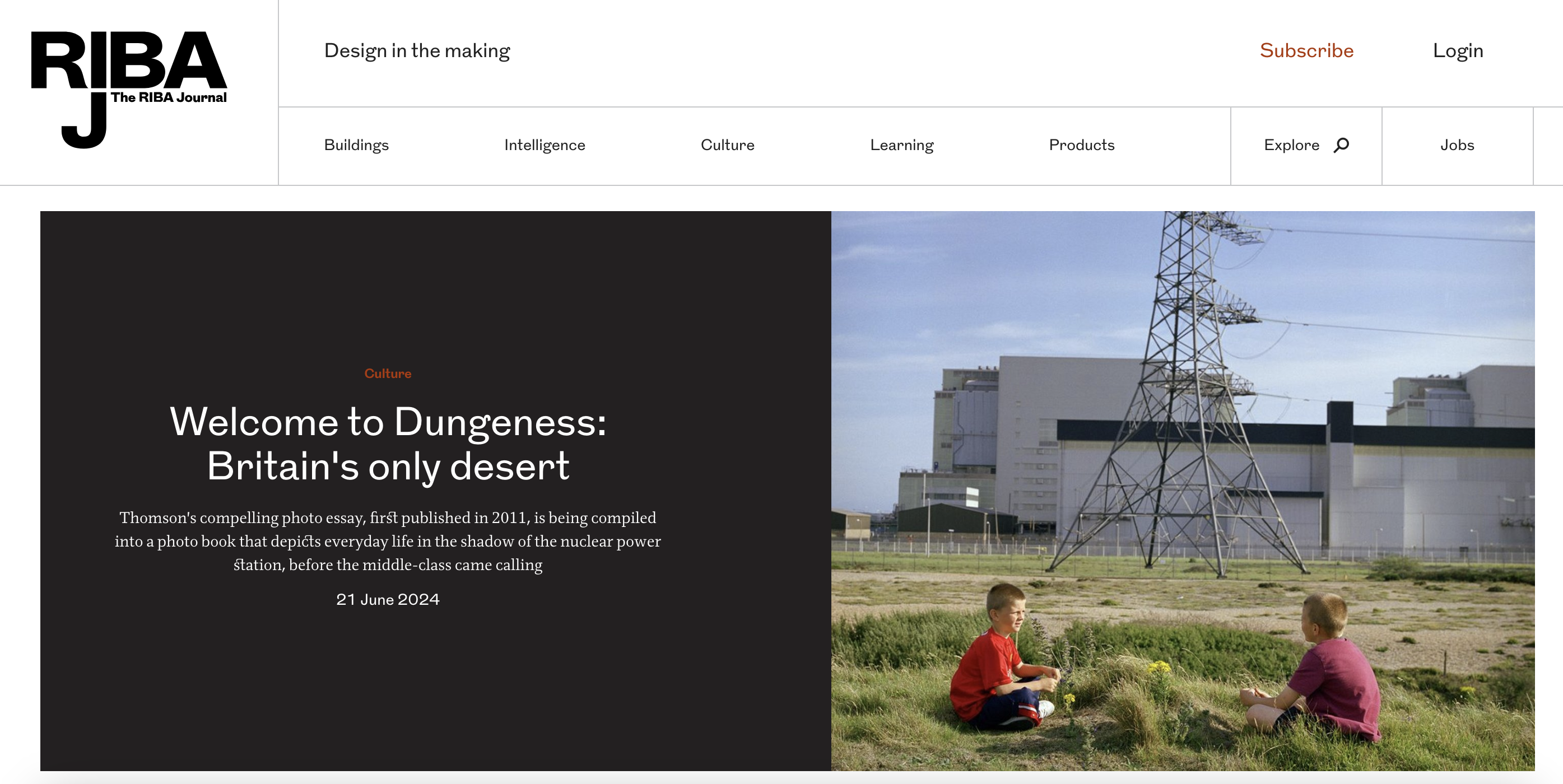
Peta-Pixel (2024) https://petapixel.com/2024/06/11/capturing-britains-only-desert-on-a-medium-format-film-camera/
The Guardian Weekend Magazine (2011)



Newsweek Japan (2011)
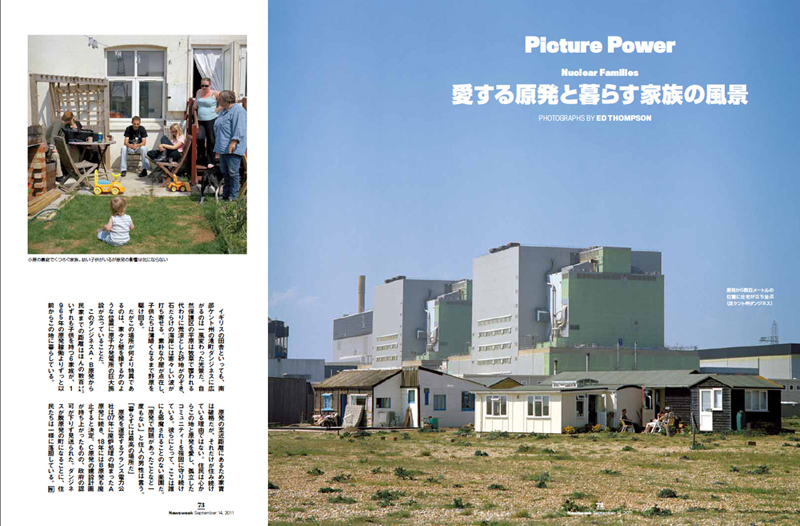

EDWARD THOMPSON /
Tutorials & Teaching
1 to 1 Tutorials

Anyone can book 1 to 1 online tutorial slots with me.
My specialisms are in making personal photography projects, editing work, documentary photography, portraiture, creating photo books/zines, freelancing, questing and exhibiting work.
I’ve also picked up a fair amount of technical photography skills over the past 23 years covering digital/analogue, lighting, software such as Adobe Photoshop, Lightroom, Indesign and Premiere.
I’ve a background in Higher Education having worked at numerous universities and colleges. I’m also Fellow of the Higher Education Academy (FHEA) given my experience in teaching over the years.
1 minute = £1
STEP 1: PAY HERE
STEP 2: THEN BOOK A SLOT
https://calendar.app.google/ckryKvMp633wsjjN9
1 to 1 Guided Side-Quest
A Side-Quest is a month long mini photography project you can embark on to develop a new photography project or fast track your visual style.
I’ll be your guide on your own Photographic Side-Quest. I can help you develop your project idea, edit your photographs as you go and help you think about how best to share this new and heroic photography project you have created!
Week 1
1 x 60 minute Online Tutorial. We will cover your past work, analyse your visual style and speak of your dreams. We will then outline the photography project you will make on your Side-Quest and you will embark...
Week 2
1 x interim photo review via email. I will go through a wide edit of up to 300 low res jpeg photographs you send me via swisstransfer and feedback to you via email.
Week 3
1 x 60 minute Online Tutorial. We will check in on how you are making progress. What you have taken from your feedback and how to continue on your Quest. Including editing down the work made so far.
Week 4
1 x 60 minute Online Tutorial. Creating a strong final edit of 12-20 photographs. Writing a short series text and planning how best to share this new creative work with the world!
STEP 1: £240
STEP 2: Book your Week 1, 3 and 4 Online tutorials.
https://calendar.app.google/ckryKvMp633wsjjN9
Post-Graduate Course
If you’d like to get taught Photography & Film by me I am currently leading a one year part-time post-graduate course on The Still & Moving Image at The Margate School, Kent. England. The next cohort starts in January 2026.
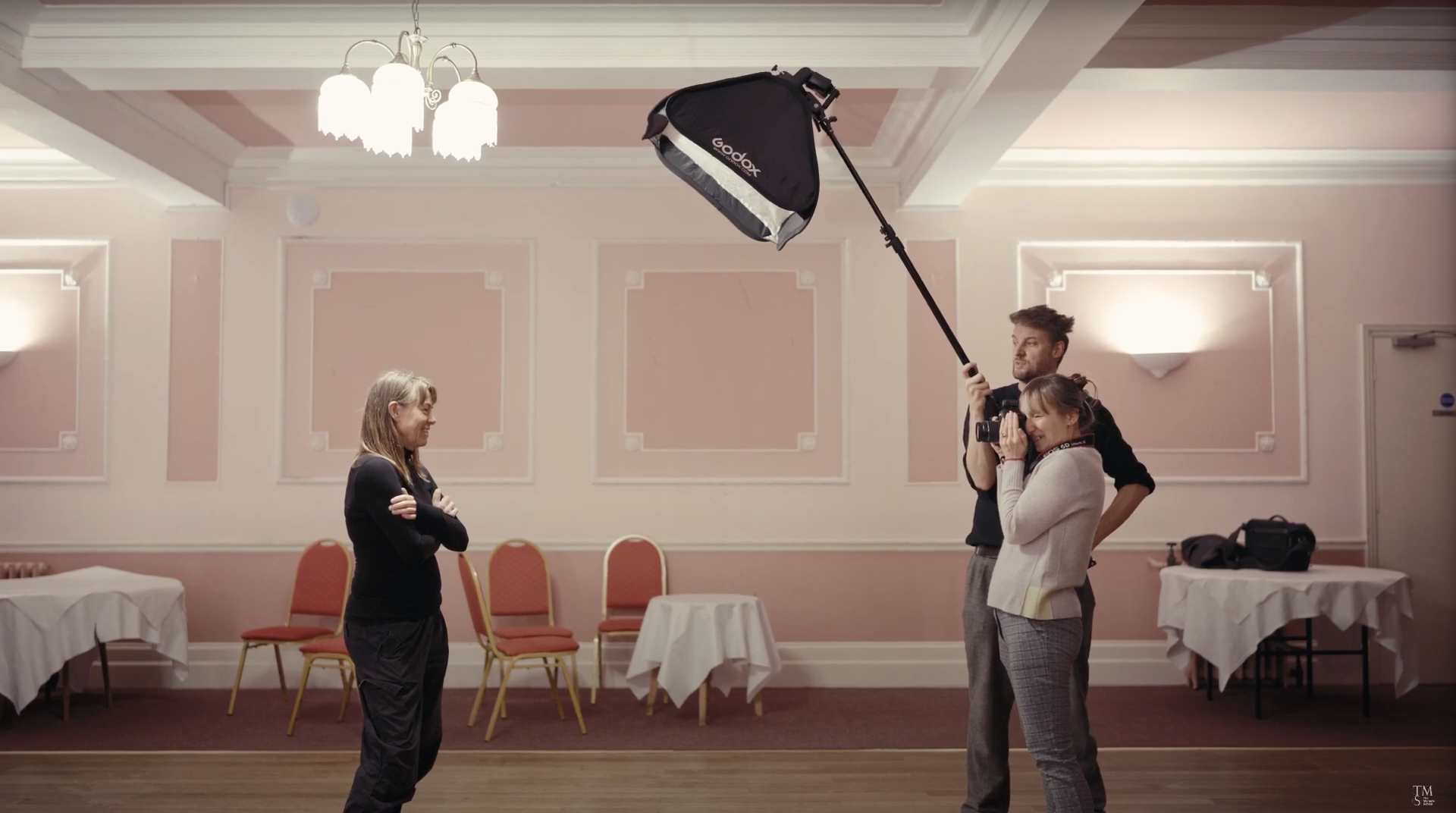
More Information and how to apply is here: https://www.themargateschool.com/the-still-and-moving-image
Visiting Lecturer
I have lectured on photography at the V&A Museum, The Photographers Gallery, The Bishopsgate Institute, U.A.L, The University of Falmouth, The University of Northampton and at the University of East London.
If you’d like me to come in for a V.L session get in touch.

EDWARD THOMPSON /
Print Sales
Edward is now represented for print sales by Kingsford Gallery.
You can see a selection of available prints on their website.
